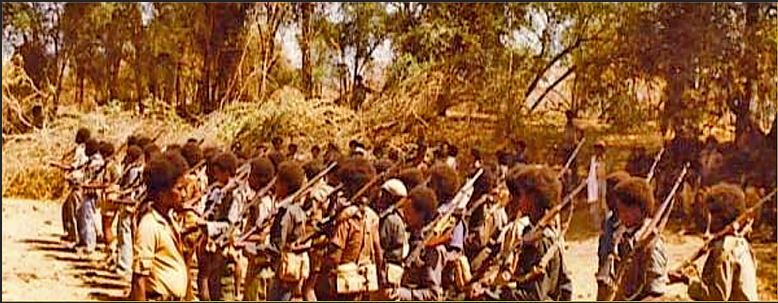
Today is Lekatit 11 on the Ethiopian calendar, a celebration of the Tigrayans for the revolt against the murderous Derg Regime, which began with seven Addis Ababa University students agreeing to form an armed struggle leading to a small initial action in Western Tigray. Today I am reflecting upon an admitted fondness for the people of Tigray and that they are unique even for Ethiopia. In some ways they remind me of my late grandmother who came from a remote mountain village in colonial Mexico.
Over the seven years I lived in Mekelle I studied the history of Tigray and had the chance to meet many of her leaders as well as hundreds of citizens as a part of my position at Mekelle University as a physician, teacher, advisor, and researcher. As a part of leading research units throughout Tigray for neural tube defects I encountered many local citizens who told me stories about the region and their lives. Unfortunately I also lived in Tigray during the first months of war including the beginning of the Mekelle occupation. The leadership would always ask the hospital “What are you doing for the people of the countryside?” referring to the poor farmers which make up almost 90% of the Tigray population.
During the war I saw Tigray mothers take blankets and food to enemy Ethiopian and Eritrean soldiers in the hospital. I heard them say to those soldiers who they knew had committers of terrible inhumane acts in their ranks “I do not know has happened to my son, but I pray your mother will see you again”. I also saw Mekelle citizens unarmed successfully protest at the risk of being killed to prevent the ransacking of Ayder Hospital. During the occupation people would share food, water, clothes, and blankets with not only neighbors but stragglers and refugees coming into the city.
As a researcher and advisor in neurosurgery I have had the chance to visit South Korea, China, Columbia, Mexico, Canada, France, Germany, Turkey, and United Arab Emirates in the past experiencing their cultures and people. Yet still the Tigray in a time of terrible suffering and deprivation continue to believe in their leadership and their right to preserve their ethnic identity of which they are immensely proud. They abound with unmatched hardiness and determination which has always sustained them in the past.
The term Woyane often applied to the Tigray movement actually began in 1943 when a revolt against the monarchy sprung up where the British Air Force carried out strikes against the Tigray. Although opponents of the leadership of the TPLF use the term as a perjorative for the Tigray it is an expression of pride.
Although initially inspired by Leninist ideals the philosophy of the Tigray People’s Liberation Front evolved over the 17 year struggle to victory over the Derg to one based on longstanding Tigray tribal traditions that power comes from the people to the leaders as described in John Young’s classic study, The Peasant Revolution in Ethiopia.
Later the leader of the Tigray People’s Liberation Front developed the concept of the “developmental state” based somewhat on South Korea’s emergence after the Korean war and a form of ethnic federalism in Ethiopia which respected historical ethnic groups autonomy over a central Ethiopian identity. The Tigray and others in other ethnic groups have always seen themselves as a nation within an empire.

